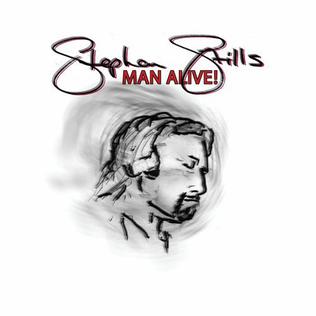Voyage manages to compile the highlights of forty years on two discs, beginning with three songs from the Byrds. While he’s credited with co-writing “Eight Miles High”, most people will notice Gene Clark’s words and Roger McGuinn’s guitar, so it’s an odd place to start for a Crosby set. The rest of the disc sails through the first two CSN albums, his solo album, and the three duo albums with Nash. The second disc has a tougher time of it, given the little of value from the ‘80s and ‘90s past “Shadow Captain” and “Delta”. Basically, one track from each solo and CSN release is justified by the copious commentary in the liner notes. Both he and Nash are more excited about the CPR albums, with five tracks included.
The third disc is titled “Buried Treasure”, and packed to capacity with demos and alternate versions. Early versions of songs from the CSN albums are interesting, including the basic demo of “Déjà Vu” with Graham that was embellished for the final album track. An alternate backing of “Cowboy Movie” with more Neil Young but the standard vocal isn’t as exciting as the “Kids And Dogs” outtake from his first solo album, while an alternate mix of “Have You Seen The Stars Tonite” from a Paul Kantner project of the same period provides some wider perspective. In a show of restraint, only two unreleased live performances with Nash appear, which leaves room for such rarities as “King Of The Mountain”, “Samurai”, and “Climber”. A lengthy live “Dream For Him” from a recent CSNY tour provides some low-key Stills-Young guitar dueling.
Anyone looking for the best of David Crosby should own all the original albums anyway, but Voyage gets by on the quality of the tracks. The rarities disc probably wouldn’t have sold as many copies on its own, so the set is recommended, and certainly enjoyable, if not absolutely essential.
David Crosby Voyage (2006)—3½




